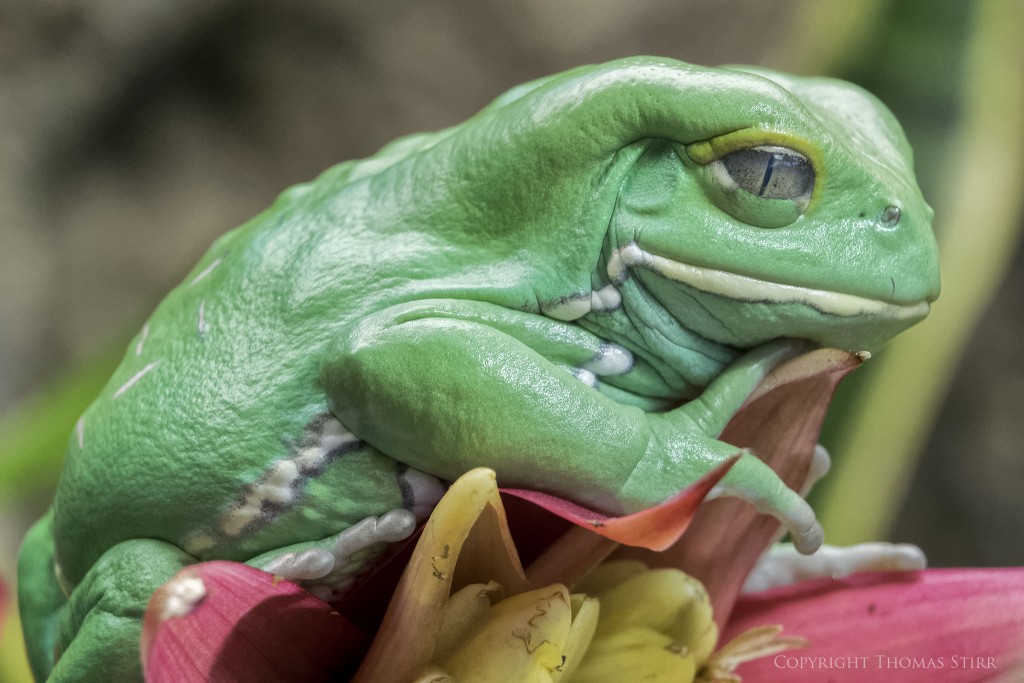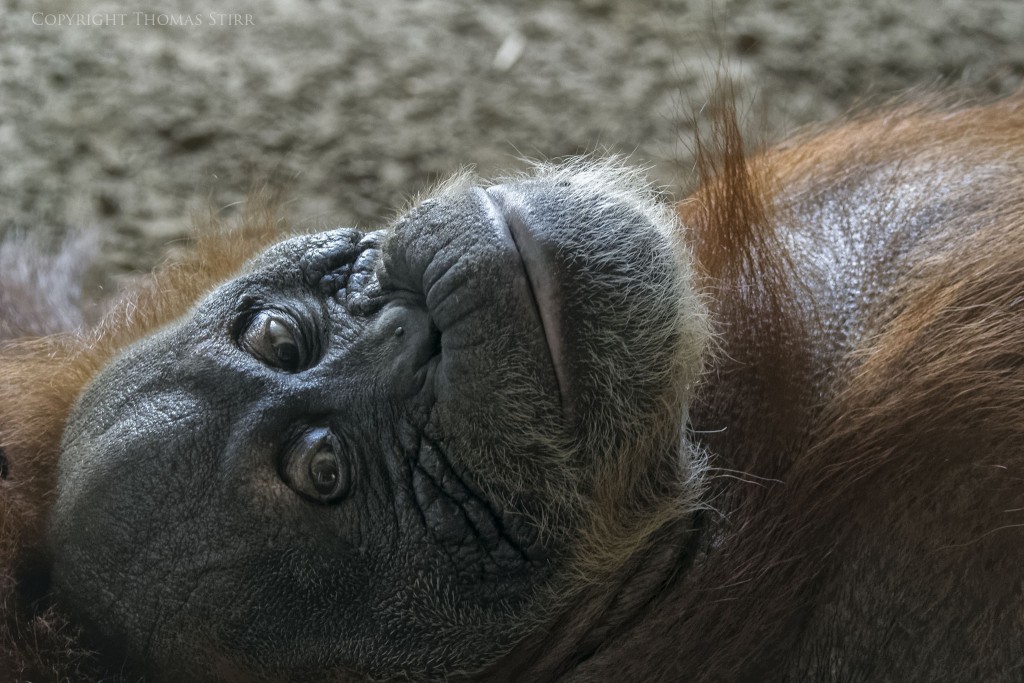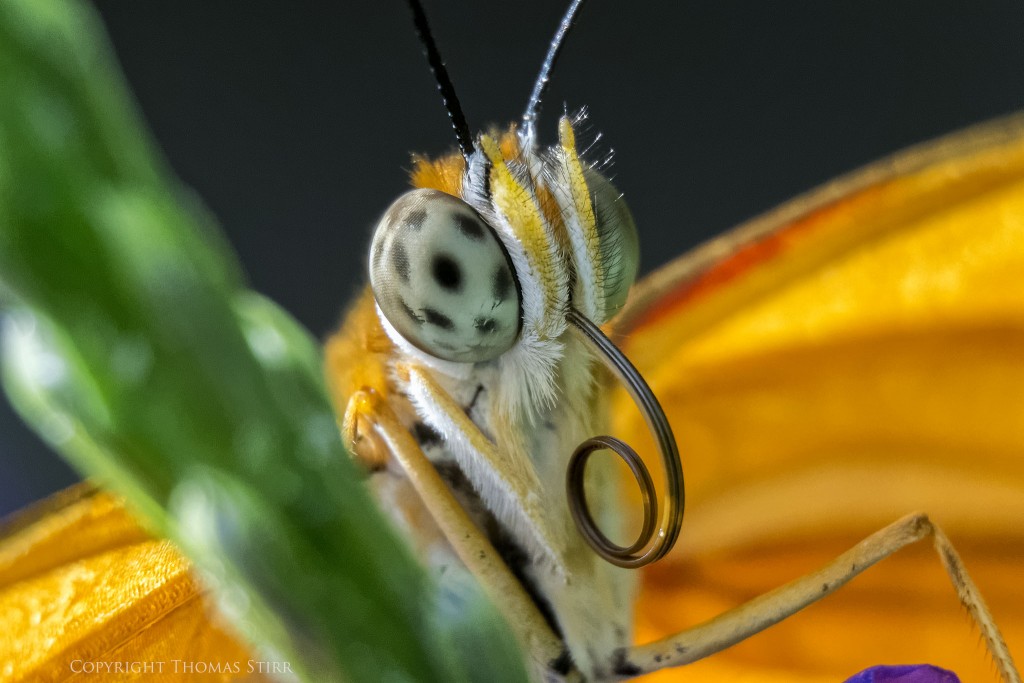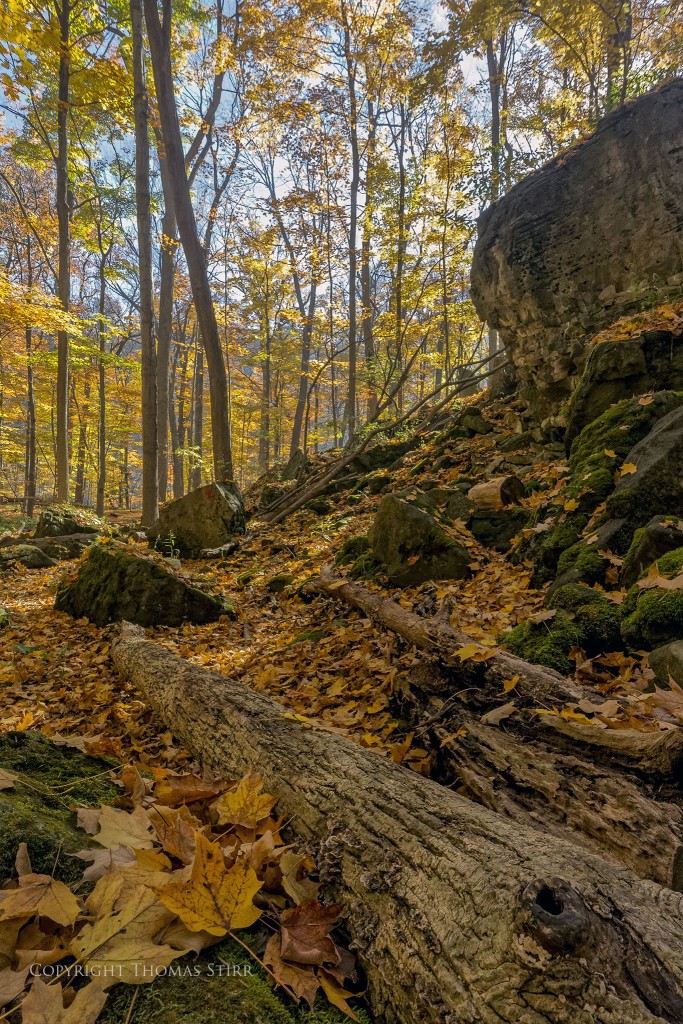Gear purchase decisions can be complex, and can have significant financial impacts if we don’t take the time to think things through. Taking a longer term view, like 10 year purchase decisions, are actions that we seldom do as photographers. Like many folks I typically had a 3-5 year perspective when buying camera gear. I had fallen into the ‘incrementalism’ trap by thinking that if a sufficient number of incremental improvements in specifications occurred it would make upgrading equipment every 3 to 5 years logical and worthwhile.
NOTE: Click on images to enlarge. Photographs have been added to serve as visual breaks.

So, like many people I kept investing money in camera gear. Along the way I changed formats a few times, going from APS-C to full frame, then into Nikon 1. Fortunately throughout the process I was able to sell my used gear for decent money which helped minimize the financial impacts of my purchase decisions.

An unexpected thing happened along the way. I came to the realization that it didn’t matter at all what other photographers thought. Or what was written in online gear reviews. Or what agonizing over detailed comparisons of specifications revealed.

It really came down to what I wanted to create with my camera gear, and most importantly how much I enjoyed using it. Buying equipment based on published specifications and incremental improvements didn’t do anything for me… other than suck money out of my wallet.

When I bought my full frame Nikon D800 it was arguably one of the finest cameras available at the time. That model was a wonderful piece of kit. I could point it at just about anything and be confident that I’d get a good, usable image. The D800 was launched almost 11 years ago and I occasionally meet photographers who are still using that model today. It still meets their needs and they’ve had no motivation to ‘upgrade’ to something else.

Many of the professional photographers that I’ve known over the years have kept their camera gear far longer before replacing it, than enthusiasts often do. For professionals, cameras and lenses are simply tools of the trade. The purpose of which is to make a living.

Back in July 2015 when I decided to sell all of my full frame gear and use the Nikon 1 system exclusively for my client safety video work as well as for my personal needs… it had nothing to do with dynamic range, colour depth, or low light performance. It was all about business efficiency.

Being able to shoot video segments at f/2.8 for client projects, and get sufficiently deep depth-of-field when compared to my full frame D800 at f/8, was a game changer for me. It meant I didn’t have to bring 4-6 studio lights with me, and go to the trouble of multiple onsite lighting set-ups. Up to ISO-800 there was no difference in the quality of the video files produced by the two formats. I was able to get my onsite work done faster, which my clients appreciated. None of them cared what gear I was using as long as I created the work they needed.

As far as purchase decisions go, moving to Nikon 1 proved to be the right move for me from a business perspective. It was also one of those purchase decisions that was very instructive on a personal level. It was the first time that I experienced a feeling of real connectedness with camera equipment.

I felt energized and creative when I held it in my hands. If Nikon had continued with the product line and my clients’ needs didn’t change, it’s possible that I’d still be shooting with Nikon 1 today. This may sound odd, but using Nikon 1 gear allowed me to explore my creativity more, and helped me improve as a photographer.

But, staying with Nikon 1 was not to be. The Nikon 1 system was discontinued in July 2018. This did not come as a surprise to me. Warning signs were visible and I had been adding to my Nikon 1 kit in an attempt to future proof it. Then, some clients began asking about 4K video and it became apparent that I needed to consider some changes with my camera gear if I was going to be able to meet their evolving needs.

I knew I had no interest whatsoever in going back into a full frame system. So, I looked at M4/3 as my most viable equipment option. Back in the summer of 2015 I had a disappointing experience with Panasonic… the only costs of which were some nominal restocking charges I incurred when I returned the gear for credit. So, that left Olympus as my primary option. The challenge was that I knew absolutely nothing about the brand at that point.

Fortunately in May 2019 I was able to qualify for the Olympus Pro Loaner program. This gave me the opportunity to test out some Olympus gear for a couple of months with no risk or obligation. At the time I struggled with whether I should loan an E-M1 Mark II or ask Olympus to borrow their recently released E-M1X. I decided on the E-M1X. To my surprise Olympus was kind enough to send me both camera bodies to test out.

It took less than an hour for me to rule out the E-M1 Mark II. I have large hands and I instantly fell in love with the ergonomics, handling and comfort of the E-M1X. So, I quickly came to the realization that I would be moving into an Olympus M4/3 system. The big challenge was to decide on individual kit elements.

The first thing that I did was take a longer term view. Rather than viewing my pending movement into a M4/3 Olympus system with a typical 3 to 5 year time frame… I decided that I needed to look at this investment in camera gear with at least a 10 year time window.

Being a senior citizen I realized that this investment would need to transcend the expected length of time I would be doing client work. It would also need to meet my personal creative needs into my retirement years.

After reviewing financial aspects of our business, my wife and I decided it would take some time to build out an appropriate kit. We started by purchasing an E-M1X and the trio of PRO f/2.8 zooms that we’d need for our client video work, as well as the MC-14 teleconverter and 60 mm f/2.8 macro.

Over the next 18 months we made a few more planned purchase decisions and added another E-M1X, an E-M1 Mark III, and some additional M.Zuiko lenses. These included the 100-400 mm IS, PRO 45 mm f/1.2, 12-100 mm PRO f/4 IS, 14-150 mm f/4-5.6 II, and 75-300 mm f/4.8-6.7 II. We completed our kit with an MC-20 teleconverter, STF-8 twin macro flash, FL-700WR flash and FC-WR wireless flash commander.

We will soon be coming up to 4 years since we made the first of our Olympus M4/3 purchase decisions… and we couldn’t be happier. Using my E-M1X bodies and M.Zuiko lenses has become a Zen-like experience. The cameras fuel my creativity with all of their computational photography options.

The E-M1X never get in the way and always feels like an extension of my being. Our selection of M.Zuiko lenses provide all of the flexibility and optical performance we need. The teleconverters and flashes further extend the flexibility of our kit.

Taking a longer term, 10-year view was very important for us when making our gear purchase decisions. It forced us to consider how our photographic needs may shift over time. It also helped us choose components for our kit that would be complimentary so we could get the most from our investments in camera equipment.

The camera sensor format, brand and model of camera that each of us decides to buy is a personal decision. Taking a longer term view of gear purchase decisions can help each of us make choices that will best meet our needs and avoid the pitfalls of short term incrementalism.
The sooner we stop caring about what other photographers think, or slavishly following what we read in camera reviews, and start to really focus on understanding our specific needs… the better our choice of camera gear will be.
Technical Note:
Photographs were captured handheld using camera gear as noted in the EXIF data. Images were produced from RAW files or out-of-camera focus stacked jpeg images using my standard approach in post. This is the 1,227 article published on this website since its original inception in 2015.

How you can help keep this site advertising free
My intent is to keep this photography blog advertising free. If you enjoyed this article and/or my website and would like to support my work, you can purchase an eBook, or make a donation through PayPal. Both are most appreciated.
Our eBooks include Images of Ireland, New Zealand Tip-to-Tip, Nikon 1: The Little Camera That Could, Desert & Mountain Memories, Images of Greece, Nova Scotia Photography Tour, and a business leadership parable… Balancing Eggs.
If you click on the Donate button below you will find that there are three donation options: $7.50, $10.00 and $20.00. All are in Canadian funds. Plus, you can choose a different amount if you want. You can also increase your donation amount to help offset our costs associated with accepting your donation through PayPal. An ongoing, monthly contribution to support our work can also be done through the PayPal Donate button below.
You can make your donation through your PayPal account, or by using a number of credit card options.
Word of mouth is the best form of endorsement. If you like our website please let your friends and associates know about our work. Linking to this site or to specific articles is allowed with proper acknowledgement. Reproducing articles, or any of the images contained in them, on another website or in any social media posting is a Copyright infringement.
Article is Copyright 2022 Thomas Stirr. Images are Copyright 2015-2022 Thomas Stirr. All rights reserved. No use, duplication or adaptation of any kind is allowed without written consent. If you see this article reproduced anywhere else it is an unauthorized and illegal use. Posting comments on offending websites and calling out individuals who steal intellectual property is always appreciated!


I’ve had my Olympus E-M1 MkII for about 24 months now, and it is matched with two Pro f2.8 lenses, 12-40 and 40-150 that are both about 7 years old. I had been thinking of trying to get a MkIII body secondhand, but have had a paradigm shift caused by non-camera factors. First there was playing with Topaz DeNoise and then Gigapixel – which showed me that software could achieve a greater improvement of image quality for much less cost than hardware. Then the release of OM Workspace with the AI Noise reduction for free – and the noise reduction is very good indeed. So the two main factors of greater image size to compete on stock photo sites and the suppression of noise can be done without spending a penny on hardware and well under $US 200 for the software. So that is my plan for next few years (unless I am suddenly overcome with excess cash). Technology can provide some new pathways to achieve the challenges that keep demanding more!
Hi Mark,
Thanks for adding to the discussion. I agree with your assertion that there have been some incredible advancements with software which are changing the competitive landscape in photography. Like you, I see no reason to spend money on photography gear beyond what I already own. Software advances are expanding what is possible with existing camera equipment. Over the past few years I have been encouraging readers to view their software as an integral part of their integrated camera system.
Tom
Very well written indeed, thank you for another great post.
Thanks Tomas… I’m glad you enjoyed the article!
Tom
Dear Mr. Thomas,
Don´t get me wrong, I still like gear… But each day I like more and more, the feeling of “looking” and “making” a photograph instead of just “taking one”.
You and others like you are helping a lot with that journey.
So… Thank you very much for this reflection.
All the best to you and your family
Hi Antonio,
Thank you for adding to the discussion… I wish you many years of creativity and enjoyment on your journey.
Tom
Hear, hear sir. You’re obviously an excellent photographer and your choice of gear is up to your skills. Many photography forum are full of commentary from people purchasing the latest, most expensive gear in hope of improving their skills — clearly a fool’s errand in many cases. As a fellow Olympus fan I say “thank you.”
Hi Woody,
Glad you enjoyed the article… thanks for adding your perspectives.
Tom
I went from 35mm film to 2/3″ (Fujifilm X20) to APS-C (Fujifilm X100 series) to Nikon FX (Df). Then added 1″ (Nikon 1 series) to supplement the Df. Never say never, I know, but I do not plan to switch. I did purchase a Nikon D800E, but only for film scanning, not general photography.
The reason I don’t see my self moving away from the Df, despite the resolution having been surpassed, is that it is obvious that there will be no more F-mount cameras made. I simply love the controls and results from my Ai-Nikkors and AF-D Nikkors on the Df. I can’t see myself giving up the aperture ring, and the Df lets me use it! The resolution the Df delivers is more than adequate for any work I do. Mirrorless is the future, but I find I really like the DSLR experience.
As for the Nikon 1s, They provide Nikon build-quality and lens interchangeability in a very small package. The IQ, at least in adequate light, is just as good as the Df. I use the 1s for traveling light, and the Dfs when the photography itself is the object.
At 74 years, my plan is a 20-year one, and it is basically to enjoy what I have, and gradually sell off what I seldom use.
Hi Martin,
I can appreciate how you feel about the Df… that’s how I feel about my E-M1Xs… I just love how they handle and feel in hand. The last few months we’ve been selling off gear that we seldom use as well. Camera bodies, lenses, tripods, tripod heads, filters, some camera supports and a few other odds and sods. My gear closet is starting to look far less cluttered for sure.
It took me a while to come to grips with parting with some of my gear that I loved using, but that was now collecting dust. I finally came to appreciate that it is important to get that seldom used gear out into the hands of other folks who will really enjoy using it and will appreciate it.
Tom
Excellent write up. Thank you for sharing your experiences.
I’m glad you enjoyed the article!
Tom